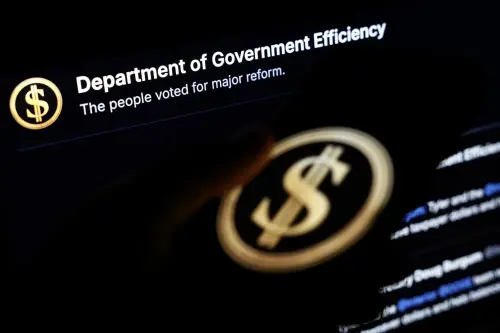Executive Summary: Performing the functions of eleven agencies in one service, the Coast Guard has capably served the American public for nearly 220 years. Small, yet highly adaptive and flexible, the Coast Guard has always risen to the challenge. However, the threats and challenges presented by the future maritime security environment necessitate that the Coast Guard make some changes to its law enforcement program to continue being a viable instrument of the federal government in this area.
Following 9/11, the Coast Guard added many tactical law enforcement capabilities to its inventory. While these capabilities filled needed gaps, a majority of the Coast Guard’s law enforcement work continues to be performed by regular Coast Guard personnel, often on a collateral duty basis. As vigilance atrophies and questions are raised about the long-term sustainability of the Coast Guard’s high-end law enforcement capabilities, the time is right for a close examination of the Coast Guard’s law enforcement program in the aggregate.
The recently released Commandant’s Direction and other Coast Guard strategic planning processes have tangentially addressed future law enforcement challenges, but individual strategic plans for various aspects of Coast Guard law enforcement look at only a small slice of the law enforcement picture. Global trends and the changing nature of the maritime security environment and law enforcement threats facing this nation require a holistic and introspective look at the Coast Guard’s law enforcement program to ensure that it is ready for the future environment.
A comprehensive evaluation requires an understanding of criminal behavior, the role of deterrence in law enforcement, and incorporation of an intelligence-led policing model into Coast Guard law enforcement operations. Combined with several recommended changes to the Coast Guard organizational structure and law enforcement training, technologies, and partnerships, the Coast Guard can prepare itself for the future and continue to be a highly utilitarian component of the federal government.
The Brookings Institution is committed to quality, independence, and impact.
We are supported by a diverse array of funders. In line with our values and policies, each Brookings publication represents the sole views of its author(s).




